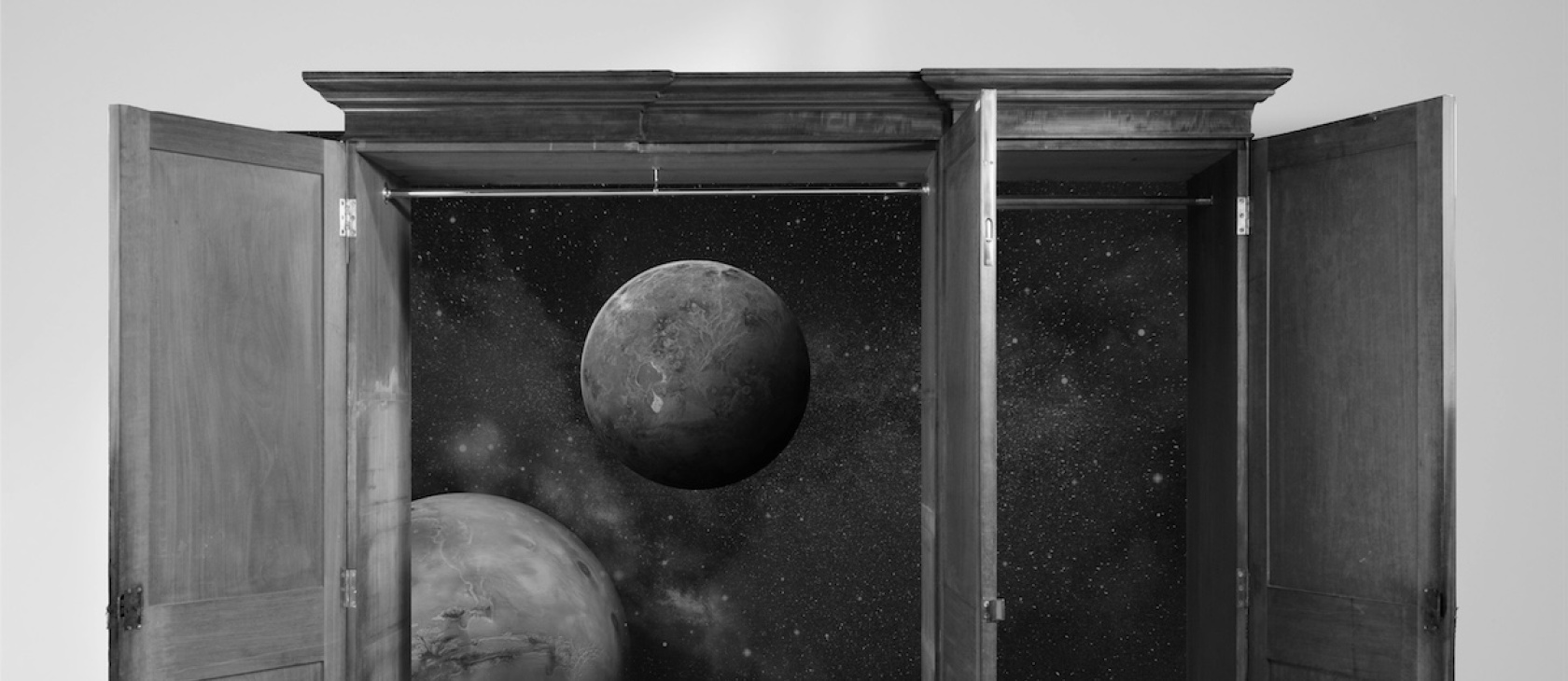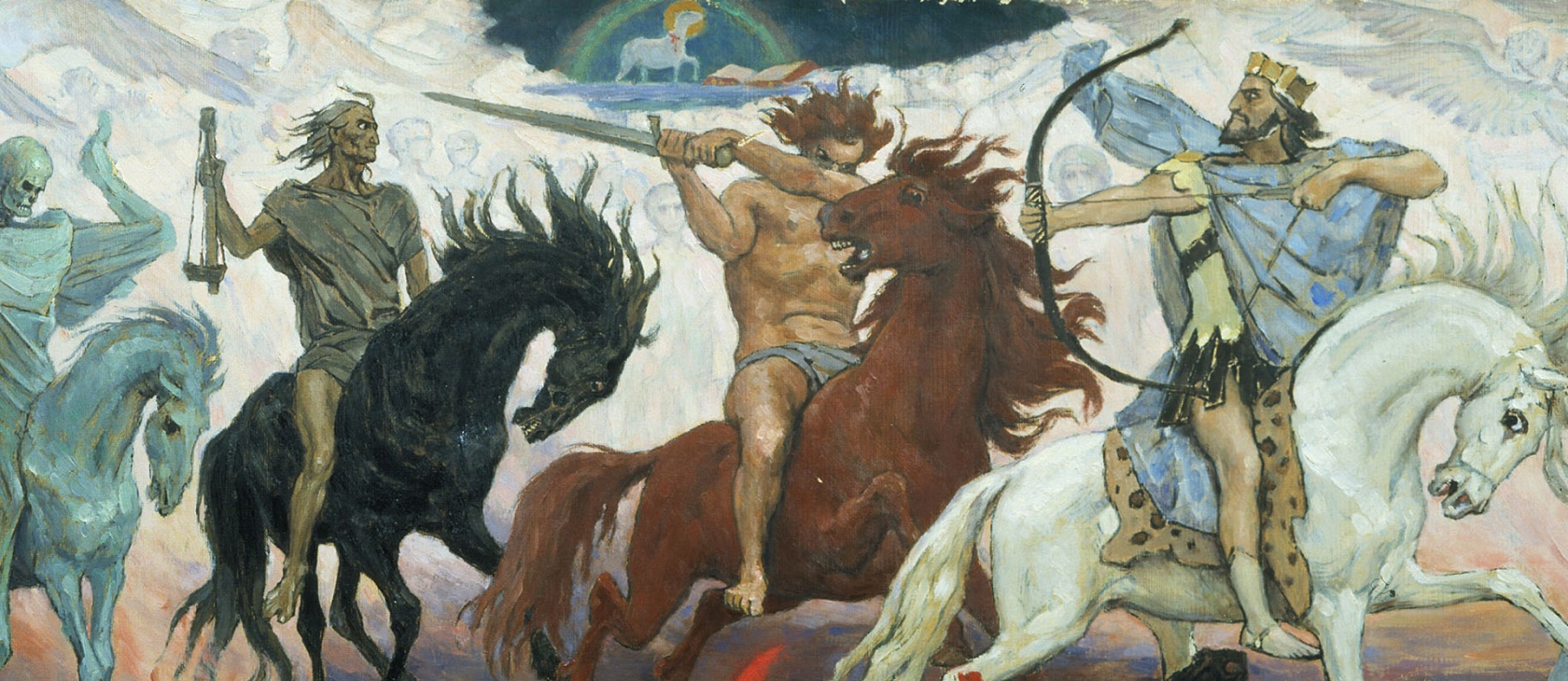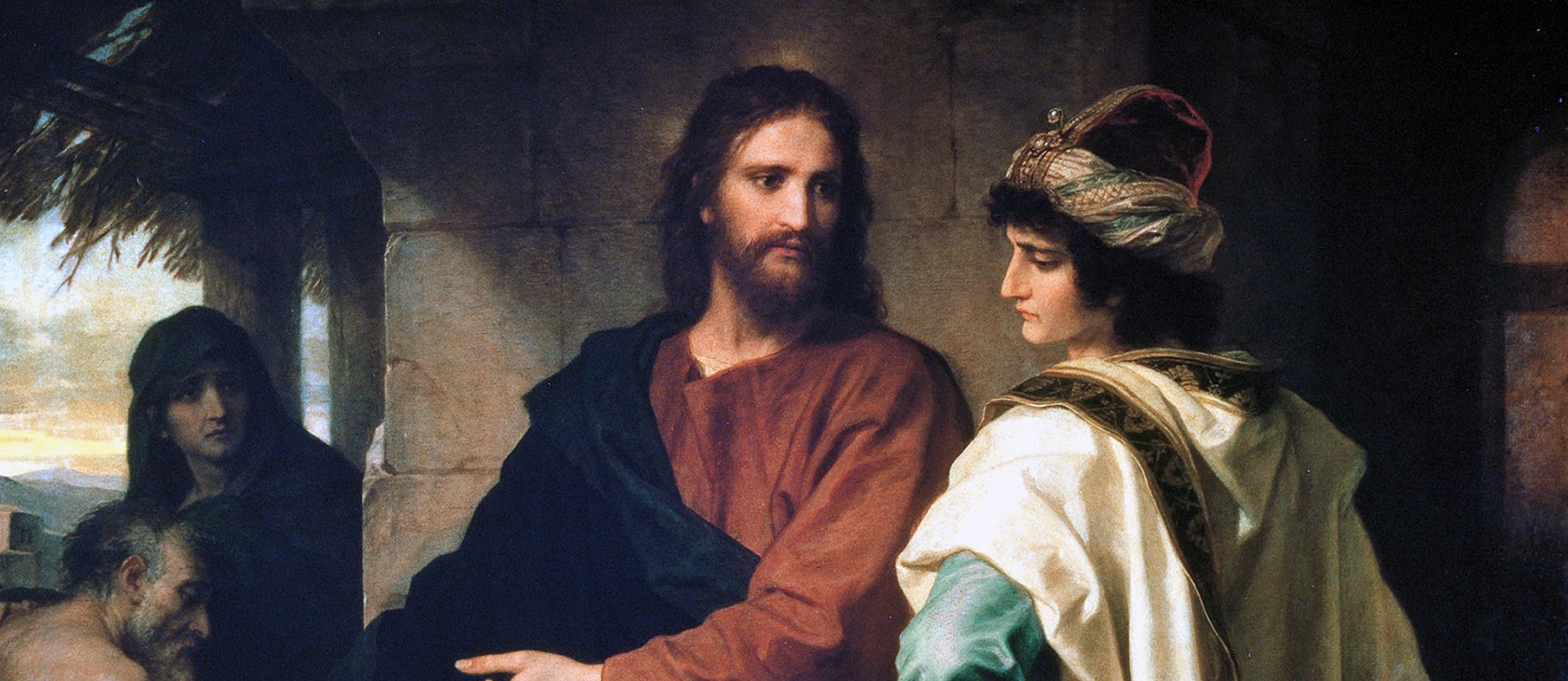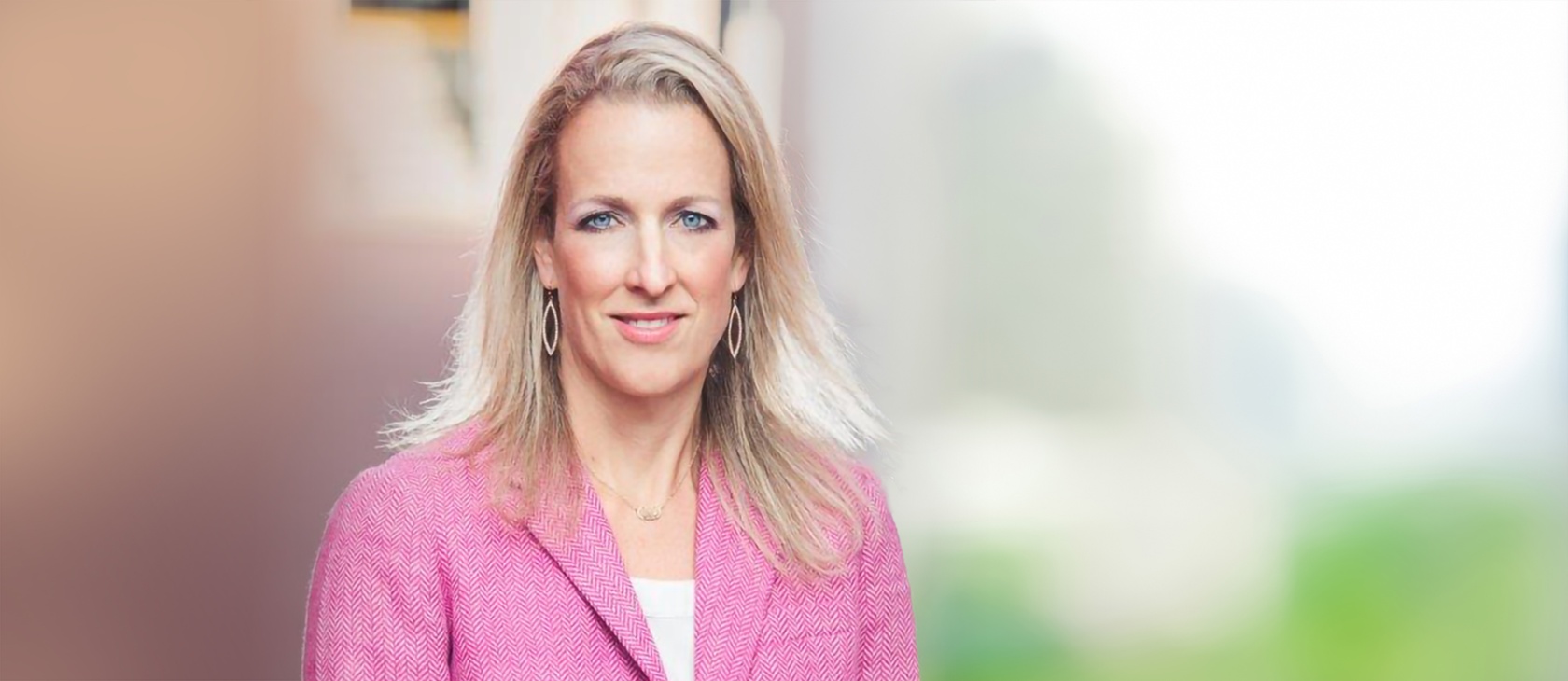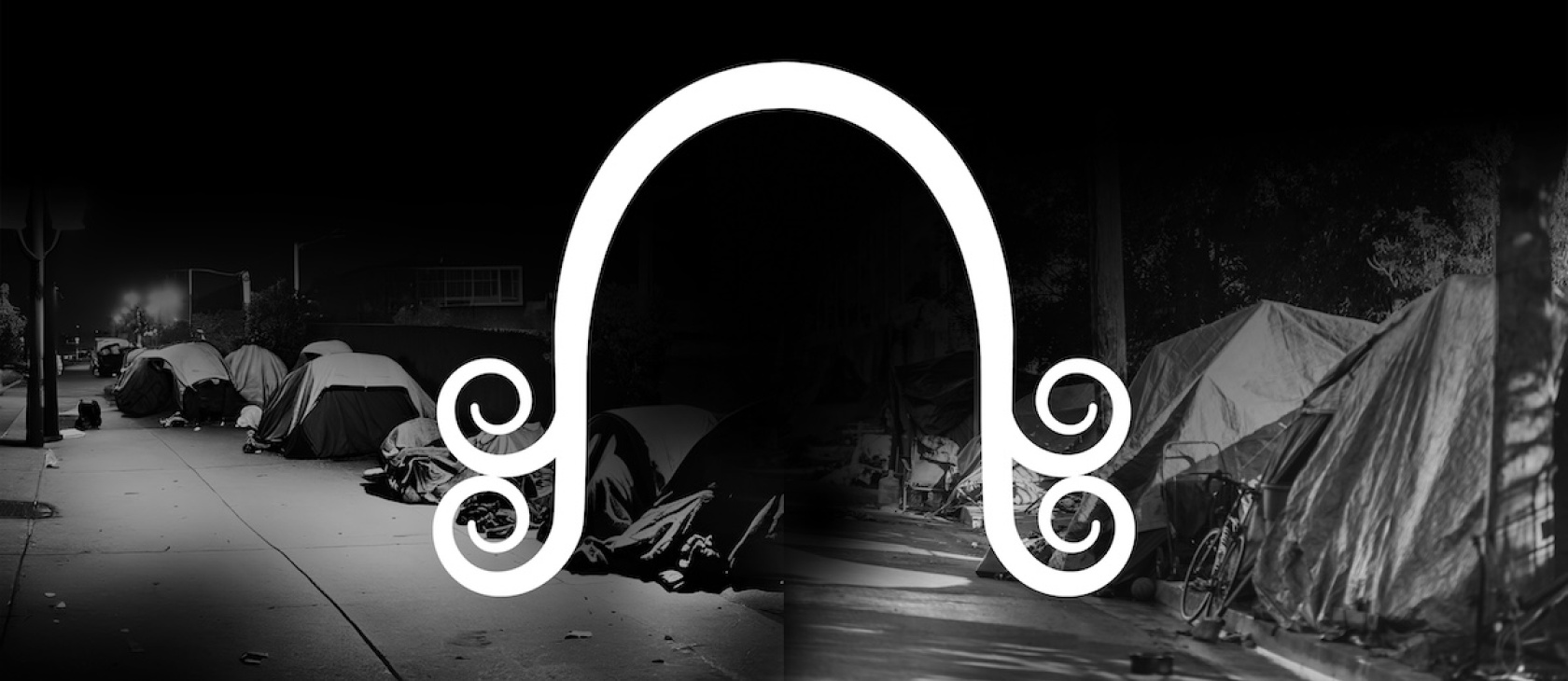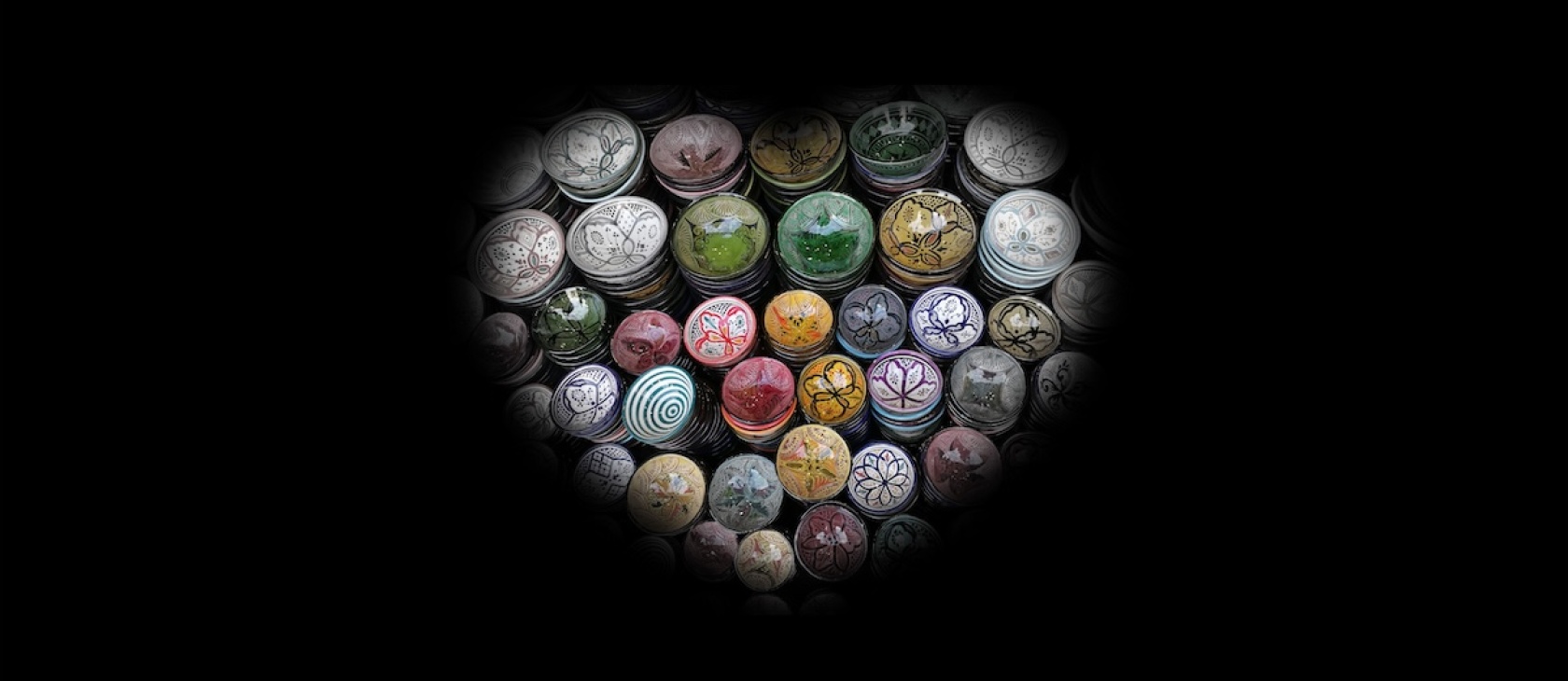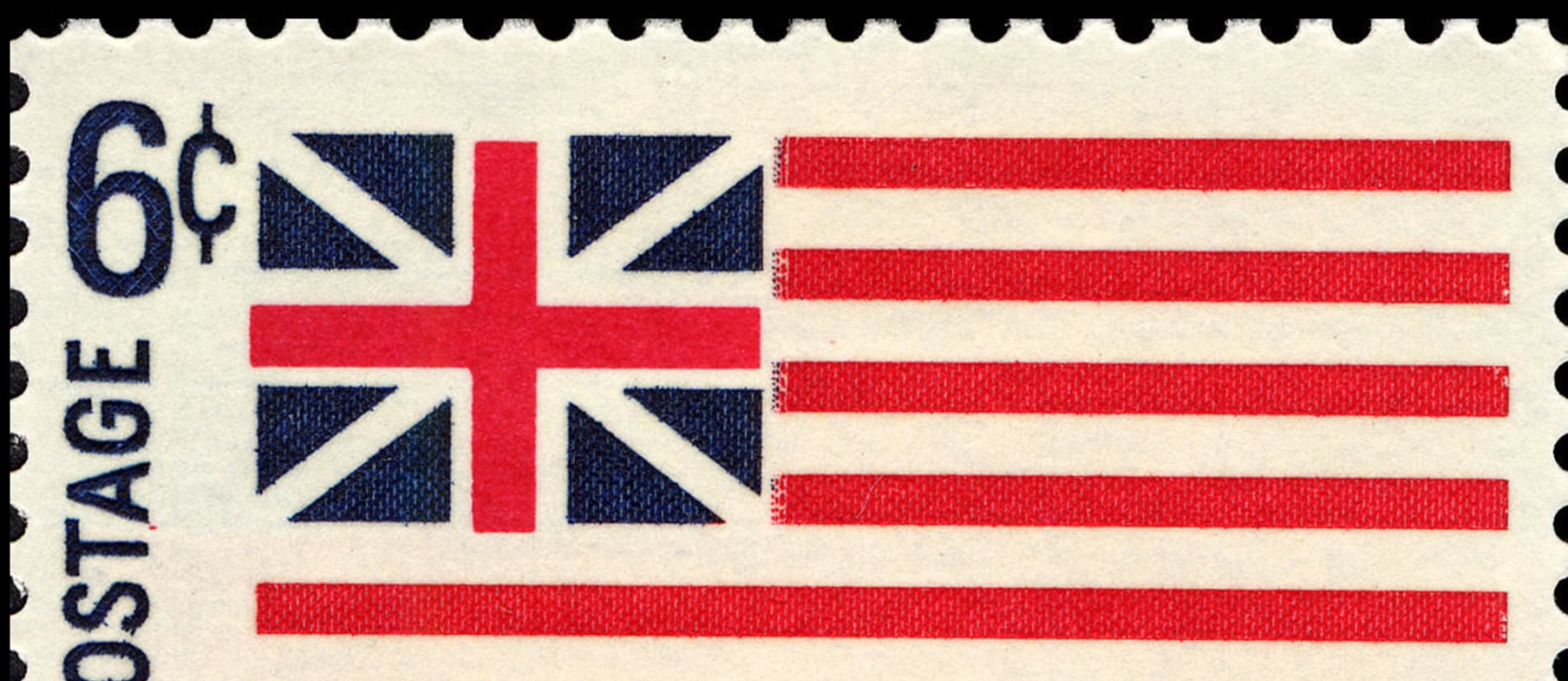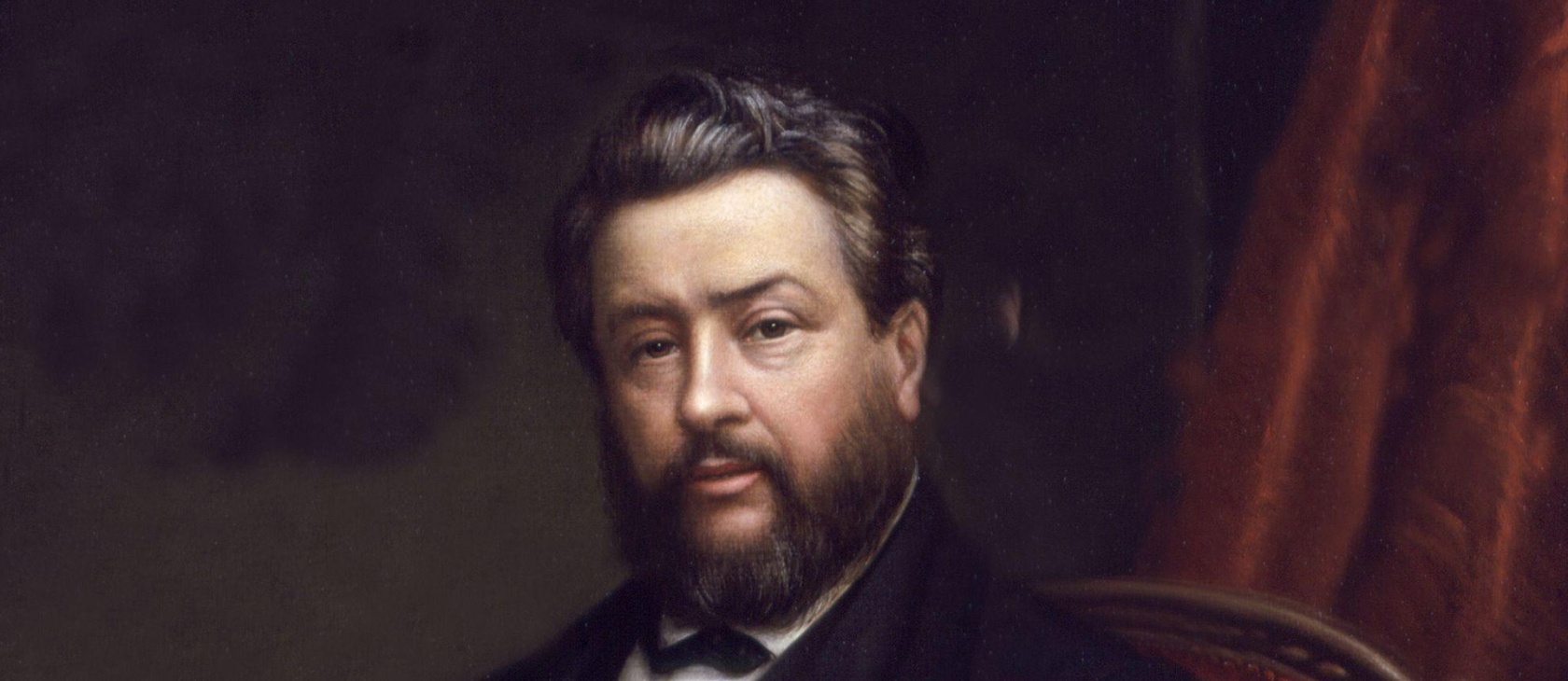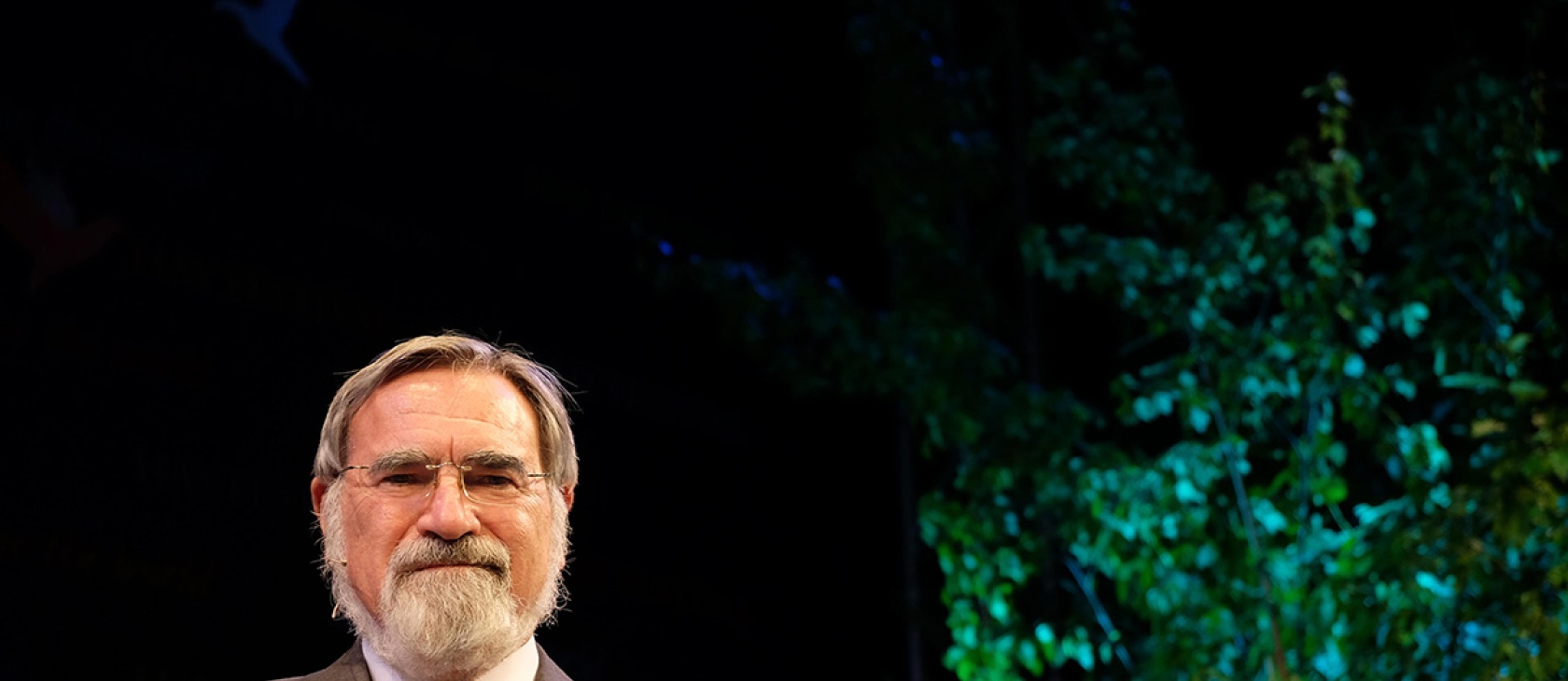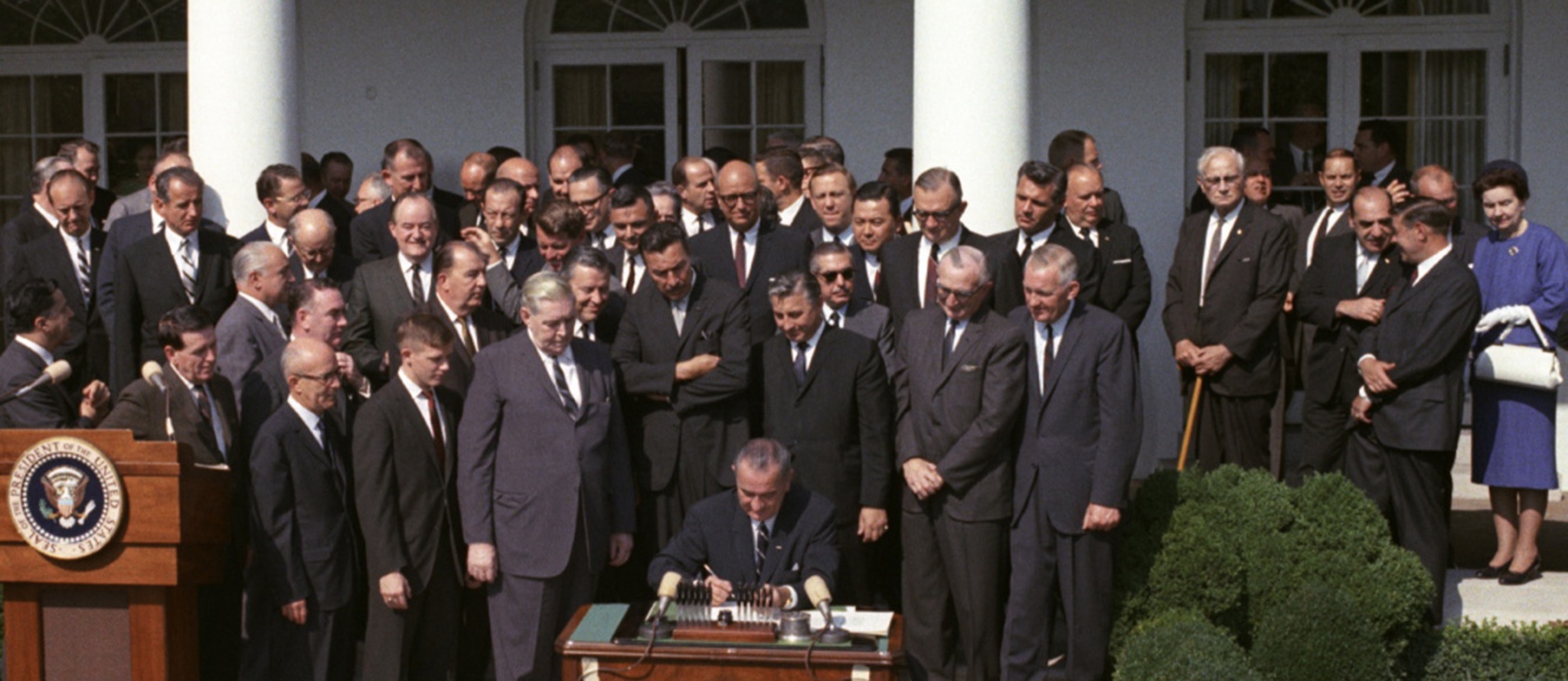


In June 2016, Vernon Smith gave an Acton University Lecture titled “Faith and the Compatibility of Science and Religion.” After giving this lecture, he was gracious enough to sit down with Victor Claar to go into some of the specifics of his lecture, as well as his vast experience in economics, including experimental economics.
Vernon L. Smith was awarded the Nobel Prize in Economic Sciences in 2002 for his groundbreaking work in experimental economics. He has the George L. Argyros Chair in Finance and Economics and is a research scholar in the Economic Science Institute at Chapman University. He is the president and founder of the International Foundation for Research in Experimental Economics. pleted his undergraduate degree in electrical engineering at the California Institute of Technology, his master’s degree in economics at the University of Kansas and his Ph.D. in economics at Harvard.
Victor V. Claar is professor of economics at Henderson State University in Arkadelphia, Arkansas, where he teaches courses in economics to undergraduates and graduates.
Visit theActon PowerBlogfor more of this interview.
Claar:There was a big push for deregulation in the late 1970s and early 1980s in the United States. Are there parts of the economy today that you think could benefit from deregulation?
Smith:That movement had an impact on experimental economics and vice versa. Under President Carter, the Civil Aeronautics Board, supported by a bipartisan consensus in Congress, moved to deregulate the airlines. The airlines would be much freer to price tickets and choose their routes. But airport runway rights (landing and takeoff time slots) would still be assigned by regulation. We proposed that such rights be exchanged via binatorial auction procedure under which the airlines would bid for packages of rights coordinated with their choice of routes. The idea was to match the technological need to coordinate runway use rights across airports to support the choice or route schedule, and hence create a market that facilitated airline planning and decision-making.
These were events that I would never have anticipated. In the 1980s, we followed up that insightful experience by developing and testing puter-assisted market applications for gas pipelines and electric power. Our pipeline experiments led to a liberalization of the rules under gas deregulation by the Reagan administration. Our electricity experiments led to our involvement in the liberalization of the electric power industry in New Zealand and Australia in the 1990s.
This work was especially exciting in electric power because people didn’t believe that particular industry could be organized around markets. Outside the United States, power systems were dominated by government ownership, but structure was being challenged by their poor performance. This is why electricity market liberalization was being considered seriously outside the United States but not here. Foreign treasuries were hurting because their electric power industries were inefficient and unprofitable. Thatcher sold denationalization on the grounds that it would help the British Treasury. And so you had a trend toward “privatization” in countries like the U.K., Chile, Australia and New Zealand. Even where a lot of the assets continued to be publicly owned, they nevertheless had to survive using what they earned in the market. That was an important new source of discipline of the industry.
More deregulation of electric power is badly needed in the U.S., but that won’t happen easily because electricity is regulated by the individual states. It is actually quite open petitive at the wholesale level. But that’s governed by the Federal Energy Regulatory Commission, which has been open to more use petition and markets in the interstate transfer of power on the national high-voltage grid.
Only Texas has moved to deregulating the local retail sector, opening it up to entry petition. Basically the need is to separate the “wires business” from petitive delivery of energy. When you rent a car, you are not required to buy your fuel energy from the car pany.
The car rental and the gasoline do not have to be tie-in sales. But under state regulation of electric power, the pricing of energy and the rental of the essential capital are tie-in sales; similarly, in natural gas you have to buy the gas from pany you rent the local pipes from, not from one of the peting suppliers of the natural modity. Most consumers believe that because prices in these industries are state regulated they are protected from the “evils of capitalism.” It is just the opposite, but both the regulators and panies regulated have powerful incentives to nourish that misbelief.
Looking back, what do you consider to be the main things we’ve learned from economic experiments?
We found that our experimental markets worked very effectively, far better than anyone expected. There are two fundamentally different kinds of markets. One is a market where you buy only to consume. The trades are final. People don’t buy hamburgers or haircuts to resell them or stockpile them for some future date. Most of the economy, over two-thirds of GDP, consists of nondurable goods and services like hamburgers, haircuts and hotel rooms. Consumers rent hotel rooms to stay in them—not to resell them for somebody else to use or resell. The same thing is true with transportation services. This explains the spectacular success of transportation deregulation—airlines, railroads, trucking in the U.S. and electric power in many foreign countries.
The second kind of market is for goods that are durable, like houses, or intermediate items like securities. For goods that can be retraded, there is a tension between value in use and value in resale. Houses last a very long time and you buy them largely with other people’s money. That sets the stage for bubbles, for a divergence between value in use and value in market resale value—a divergence that is not sustainable but can sometimes be fueled for many years by the flow of mortgage money.
My original experiments in the 1950s and 60s involved supply and demand in markets for nondurable goods and services, although I didn’t think of them that way at the time. It wasn’t until much later, looking back, that I began to see critical features and differences that I hadn’t seen before. I did not originally understand important differences between things that could be retraded and those that could not. But the markets for non-retradeable items, from the beginning, worked astonishingly pared to what we had expected.
Think of it: People pletely private information, knowing nothing about the overall market conditions of supply and demand, found the predicted equilibrium in every one of those markets by trial and error adaptation. There were simple forms of it and plex forms of it like electric power.
But you heard none of that story from the economic theory of the time that I and others were raised on. In fact, you learned the opposite. It was widely taught and believed that if people didn’t plete information, markets would not converge to petitive e. Generations of economists were brought up believing this, and I found that very disturbing. There was nothing wrong with the mathematics, it was the thinking that was narrow.
Some people delude themselves into thinking they can manage markets better than market forces can. They try it, but it’s not sustainable. That made me realize that many of the basic things we believed about economics were wrong.
I’d like to turn to a couple of questions that are related to your talk at Acton University. It seems like there’s a disconnect between scientific inquiry and religious inquiry. And in fact, we have colleagues in our own field, economics, who are quite critical of the impact that religion has had on all forms of inquiry.
Yes, it is a very popular attitude, which alone ought to give anyone pause.
Many of them make the argument that religion has at times impeded scientific discovery and progress. Yet last night you said there is not really any good reason for science and religion to be in conflict. Can you explain that?
Beliefs, both religious and nonreligious, often impede science. Recent changes in the status of this conflict have occurred, but they are more a result of what has happened in science, not in religion. Science has been trying to find the ultimate reductionist building blocks of all matter, life and energy. What science has found is that there isn’t anything material there at all. The ultimate constituents are things that sometimes behave like particles and sometimes like waves. And they have modeled them with wave equations and other representations. All of these e from scientific intuition and thinking expressed in mathematical form. You might want to ask what the observational implications of that are, but none of these things are directly observable. Nothing. The underlying reality is mystical, not “material.”
Robert A. Millikan was in the physics department when I was an undergraduate at Cal Tech. He had won the Nobel Prize for measuring the charge on the electron, but he did no such thing. What he did was infer the charge on the electron. He had the ability to charge an oil drop and observe its speed dropping under the force of gravity between two electrostatic plates. He can measure the speed with the electrostatic field turned off, then again with it turned on. Equations of motion allow one to calculate what must be the charge on the electron, if the change in its velocity is given by the measured change when the field is turned off versus on. But of course they are all invisible, and intangible, products of the mind. The electron is known from its theory and the effects measured by classical instruments: You infer its existence and infer its charge indirectly by mental reasoning.
You can observe the evidence of things you cannot see? Is that right?
Exactly, yes; observations are indirect. It hit me years ago that in Hebrews 11:1, one finds wisdom for both science and religion: “Now faith is the substance of things hoped for, the evidence of things not seen.” In science, one must have faith in the believability, the truth value, of one’s theory. Where is ing from? You don’t know it’s true, but its coherence can give you a glimpse of what you can’t actually lay eyes on. Then you find some controlled event that you can predict from that theory, and you can design an experiment, and the experiments all have to do with electrostatic fields and photographic plates and wires and transformers and batteries. Of course, none of that stuff had anything to do with an electron, but that’s what Millikan had to set up so he could look at what happens to an oil drop and infer the implications for the charge on the electron.
You get the evidence of things not seen directly. How is that so different from what happens in religion? Science is a process for learning more and more about how things work. It tells you nothing about meaning, about purpose.
I had a thought during your talk last night, and I’m reminded of it again. One of the great evangelists of the 20th century, the Reverend Dr. Billy Graham, once said, “I’ve never seen the wind …. I’ve seen the effects of the wind, but I’ve never seen the wind. There’s a mystery to it.” Was Dr. Graham onto something?
I think that’s a very good metaphor for what we’re talking about. Modern science is able to devise instruments so that it is able to show that molecules of air are moving, and that’s what we call “wind.” Billy Graham was a great American, with a powerful message for living.
I look at all this now and I see much more convergence between religion and science. I believe that reality and its recognition is going to win our allegiance if we keep our minds and hearts open. How long can Richard Dawkins keep saying, “It’s in my material brain?” He’s got to tell me what this material brain is that he thinks gives him so much understanding. He’s claiming to know things that he cannot demonstrate. But I would say, “Wait a minute. No, don’t be deceived by the language. What explains that explanation? Where is the deeper meaning?” Such superficial arguments should not deflect Christians from their belief that “Ye shall know the truth and the truth shall make you free.” That includes both religious and scientific truth.
You’ve got to ask “why,” like the child. I remember it most recently with my youngest son catching me up in that. He asked, “Daddy, why...?” I don’t remember the question. “Why so and so?” And I said, “Well, here...” and I’m describing how things work. Then the child says, “But why? Why is that?” And so then you look for something a little more fundamental. Very few questions and he’s got you to the outer limit of knowledge. He’s got you up against the wall, and you have no place to go because our knowledge is so limited and plete.
Some of our greatest achievements, especially in economics, go back to Scholastics like Thomas Aquinas. They wanted to understand the world around them, because, through a deeper understanding of, say, the market order, they believed they might gain greater insight into the mind of the Creator himself. Do you see in the future any sort of reconciliation of faith with scientific inquiry?
It seems to me that they will ultimately converge. I think it’s pretty neat that the Big Bang cosmologist was a Catholic priest who also was really quite an outstanding physicist. He took Einstein’s general theory seriously. And in 1927, the year of my birth, he came up with the Big Bang idea two years before Eddington was able to show that the universe was expanding, which suggested mon origin or area where everything began.
Religion, like science, is all about invisible realities. And theology in religion is the analog of theory in physics.
For you, then, there’s a real parallel between the inquiry that scientists do in the physical world and the work that theologians do in the spiritual world?
Yes. And even in experimental economics! What are we really studying? We’re studying the consequences of people having “minds” that result in decisions. And we can’t get inside of people’s minds and find out what’s going there, so we ask them to make decisions. We put them in experiments and have them make decisions, and we model that. We try to hone models that are good at explaining this or predicting that decision. But it’s nevertheless an invisible reality that we can’t get to. We try to infer the workings of the mind by observing its effects. That is what science does, what Millikan did. So we study the substance of things hoped for, the evidence of things not seen.
In your Acton University lecture, you referred to your own “rebirth and baptism.” Could you describe that?
My early exposure to religion in the 1930s was defined by the prevailing materialisticagnostic interpretation of science at the time. My mother and her father had been attracted to Unitarianism before I was born. Unitarians sought to recraft their religious beliefs to embody the perspectives of science. Ultimately, I was “reborn” and baptized a Christian. My ever so grateful and gradual conversion process probably was accelerated by Kahlil Gibran, the wonderfully sensitive Lebanese poet, when I read his Jesus: The Son of Man. That right blend of sacred, secular and mystical writings for me at that particular stage of my probing to understand became ever more meaningful in rereading. That helped me to read and appreciate Scripture that I had not been brought up on. You do not have to be brought up on it to have a sense of the spiritual. It’s human, in the image of God. Maybe all roads lead to this same understanding. I hope this happens to Richard Dawkins, a very intelligent man.
